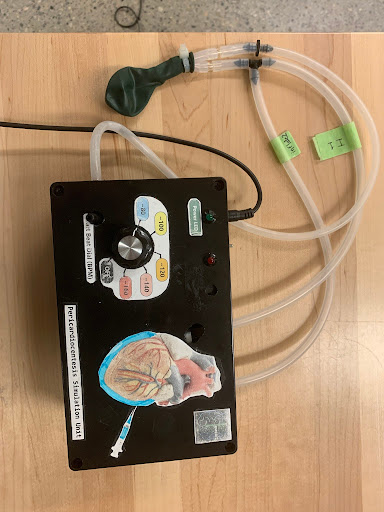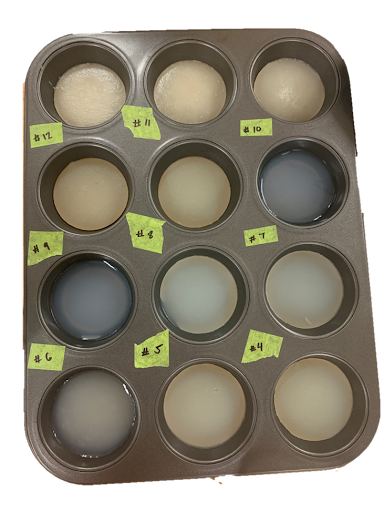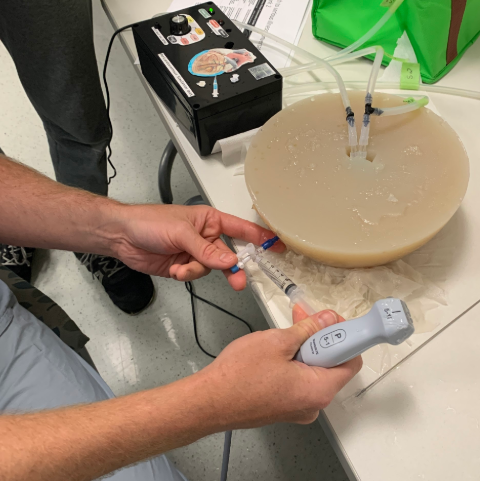Pericardiocentesis Simulator
Biomechanical
Developing an Affordable Pericardiocentesis Simulator: Enhancing Training and Patient Outcomes
The importance of creating an affordable and effective pericardiocentesis simulator is vital to enhance learner confidence and reduce mortality and morbidity rates.
The current simulators have limitations, and the new simulator aims to address these by replicating patient positioning, localized effusions, and heart motion. The defined requirements ensure cost-effectiveness and reusability, but challenges like cost, availability, and technical skills pose risks. Regular meetings, technical support, and backup designs will be employed to mitigate these risks.
The development of this simulator can greatly benefit medical professionals and patients by improving training and patient outcomes.

Problem
What is Cardiac Tamponade and what concerns does it present in the medical field?
Cardiac Tamponade is when the pericardium fills with blood or other fluid
EXPENSIVE
Most accurate and reusable solutions are over $30,000 USD
INACCURATE HEART MONITOR
Motion of the heart is difficult to replicate
INACCURATE MODELING
Most cost-effective models don't accurately show the real-life process
CONTAIN ANIMAL PRODUCTS
Presents ethical and religious concerns
Solution
To solve this, we developed a low-cost pericardiocenteis training simulator to provide a more comprehensive training experience.
We utilized a pneumatic heart model to replicate heart motion and developed an agar gel skin substitute to provide tactile feedback for medical professionals.

Air pump design

Agar mold sample cups

Heart model in agar mold during a trial procedure
We validated our training simulator both quantitatively (using machine learning models to compare the movement of points on the simulated heart to a real heart under ultrasound) and qualitatively, letting medical students and professionals train on the model and provide feedback.